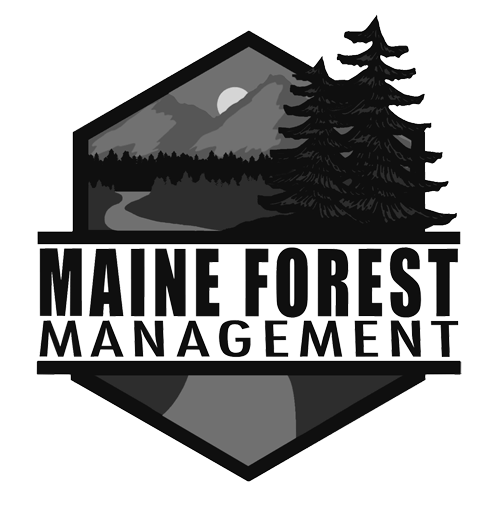White pine stands need continually care and assessment. This stand had been managed in the past, but was abandoned for a few decades leaving the overstory too crowded and the understory bare. The silvicultural prescription was a shelterwood establishment cut; removing all the suppressed, intermediate, over-mature, poorly formed, and declining trees. The result the shown in the picture below. The sandy soil on this site had caused white pine decline throughout the stand. This manifests as a open wound or canker in the upper third of the trees crown. It often looks like damage from previous logging or weather. The exact cause is undetermined, but it is likely caused by moisture stress from intertwined root systems. The stronger trees will wick moisture away from the weaker ones resulting in the decline.
This stand will now be monitored annually to ensure canopy growth as well as regeneration development. Traditionally a shelterwood overstory is removed once the regeneration becomes established, but in this case it can be maintained as long as it is healthy and growing. The young cohort of pine in the understory may become suppressed as the overstory density increases, but enough dominant seed trees remain that a new cohort could become established. The alternative option is to continually thin the overstory to provide the right amount of shade. This shade plays a key part in protecting the young trees from white pine weevil. More on the weevil later. Get out and enjoy your woods!!





